We visit Evangelion’s real-life Village-3, a hidden gem where time has stopped【Photos】
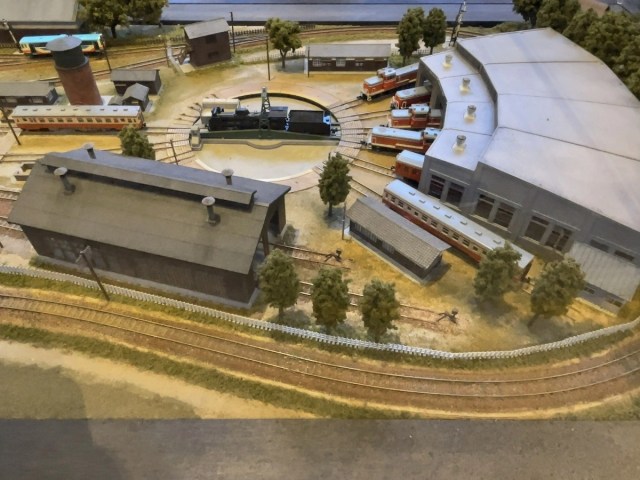
A must-see for fans of Evangelion and trains in general!
We recently took a trip to Hakone, the real-life location of Evangelion’s Tokyo-3. There were nods to the series dotted all around the town and for any Evangelion fans, visiting Hakone is an absolute must.
But there’s one more spot fans should check out, too — Shizuoka Prefecture’s Hamamatsu City, which is home to Tenryu-Futamata Station.
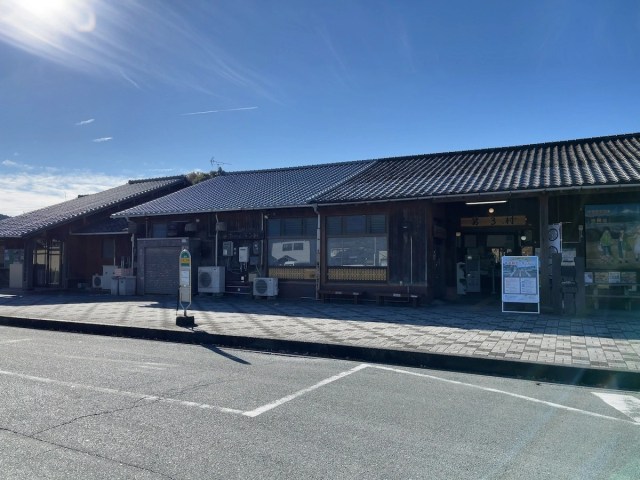
But this is not just any old Japanese train station; for a limited time, it has changed its name to Dai San Mura, or Village-3 in English.
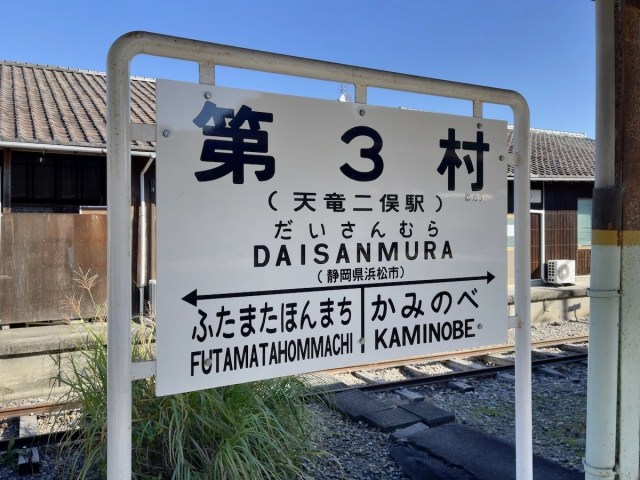
Fans of Evangelion will remember Village-3 from Evangelion: 3.0+1.0 Thrice Upon A Time. In the series, Shinji, Asuka and Rei stumble across Village-3, a settlement of survivors. Toji, Kensuke and Hikari live there after the Near Third Impact, and the visuals of the village are based on the real-life Tenryu-Futamata station.
But while many Evangelion fans go on a pilgramage to the station, it’s also a popular spot for train fans too, as its rail yard contains a railroad turntable and a roundhouse (fan-shaped garages), which are both listed as Registered Tangible Cultural Properties. Stations with railroad turntables are not common at all these days, so visiting the station is like taking a trip to the past.
The rail yard is not freely accessible to the public, but there are guided tours available for 600 yen (US$4.30) a ticket.
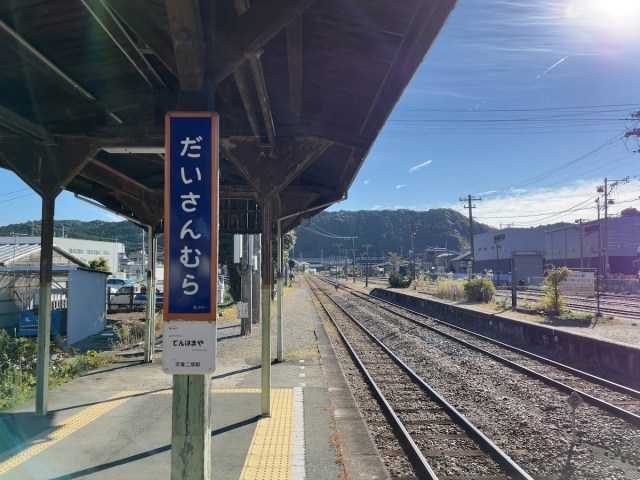
Throughout the station, all the names have been changed to Village-3 (“だいさんむら” in Japanese), and if you purchase a tour ticket, you can take photos with the signs on the platform.
▼ The station name is also written using kanji characters for Dai San Mura — 第3村.
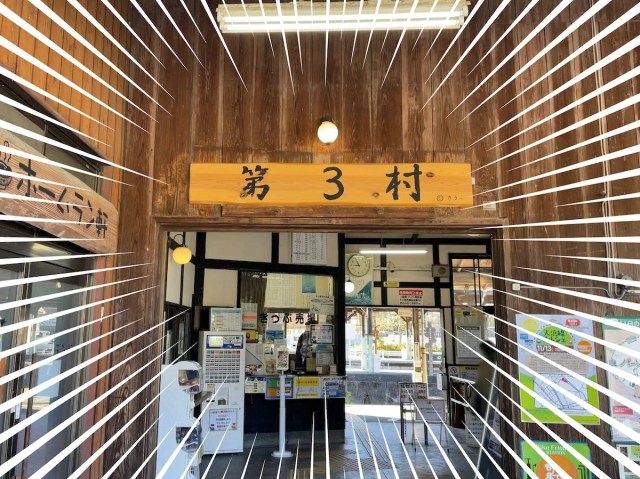
The guided tour starts in a spot around five minutes away from the station, and the tour guide we had was very casual and friendly, mixing historical information about the area with anime trivia.
The first stop on the guided tour was to the elevated water tank, which looks exactly the same as the one in the Evangelion movie. The water tank was used to provide water to steam locomotives back in the day.
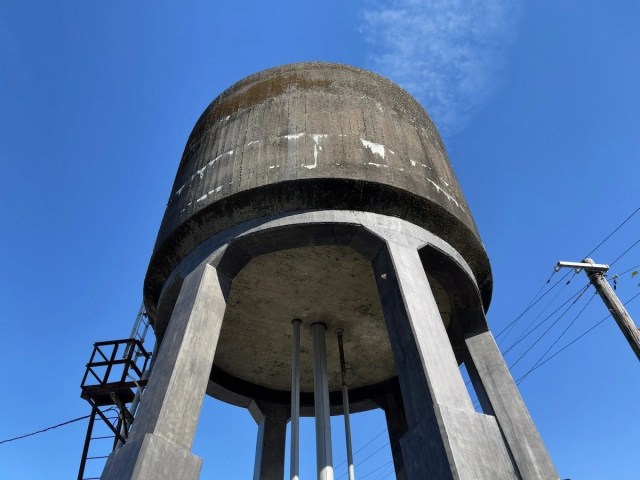
From there, it was off to the operational sections of the station, including the station office, rest area and bathhouse. The office is still being used to this day, so tours aren’t allowed to go in there or do anything that will interfere with the station staff working.
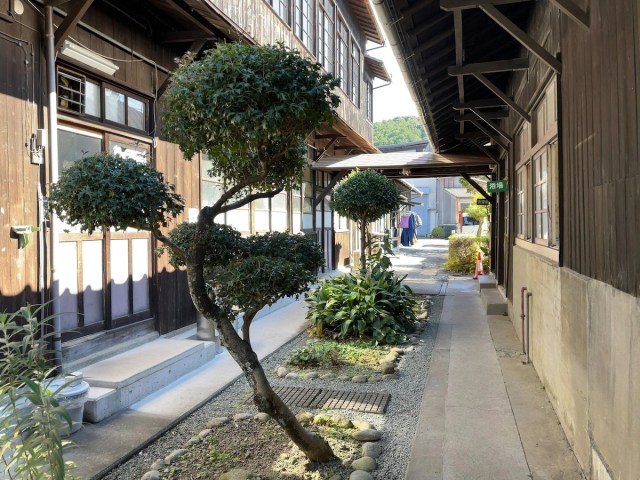
But even without being able to enter the station office, the overall atmosphere of this retro-looking train station is pretty incredible. It’s amazing that people get to work in a cultural heritage site, and the wooden building really makes you feel like you’ve been transported to the fictional Village-3, in a small, friendly community of people.
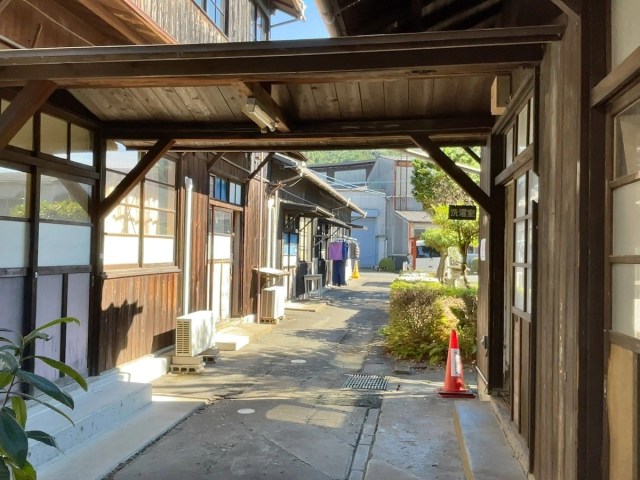
The bathhouse area can be viewed through a window. The bathhouse is no longer being used, and is instead decorated with a load of train headboards.
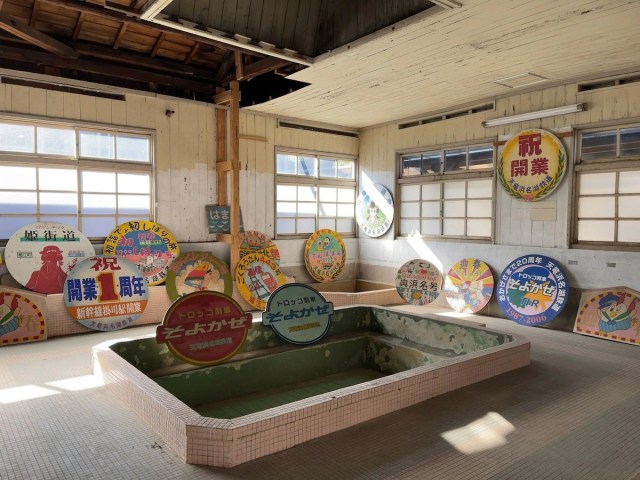
In the Evangelion movie, a train carriage was used as a bath house, and the scene with Rei taking a bath is particularly memorable. In fact, Village-3 is pretty significant for Rei’s character development as a whole, as it’s here that she learns how to farm, holds a baby, and becomes interested in cats.
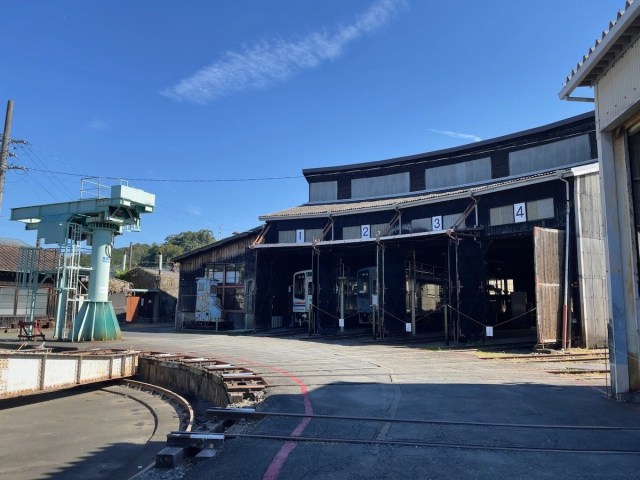
Next, it was time to head to the highlight of the tour; the railroad turntable and roundhouse. This is the very first view that Shinji gets of Village-3 after he leaves the clinic in the movie. The movie-version of Village-3 is lined with barrack-like houses, with a food distribution centre on the left and Toji’s house on the right.
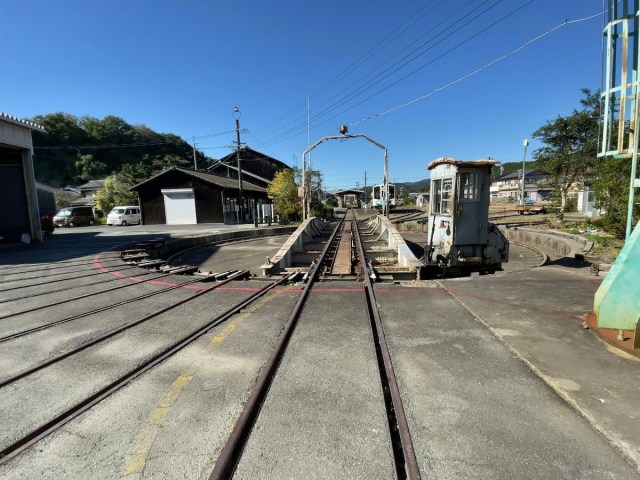
The real life Village-3 is a little different though, and the railroad turntable spins in a circle. In the past, it was used to rotate steam locomotives in different directions. There are only a few of these still in operation in Japan, and they are said to be extremely rare and valuable.
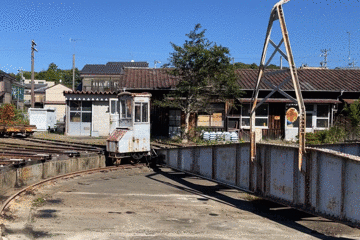
These days, trains can go in both directions, so there isn’t much need for turntables in stations. Tenryu-Futamata Station still houses its trains in roundhouses though, so the turntable is still very much in use.
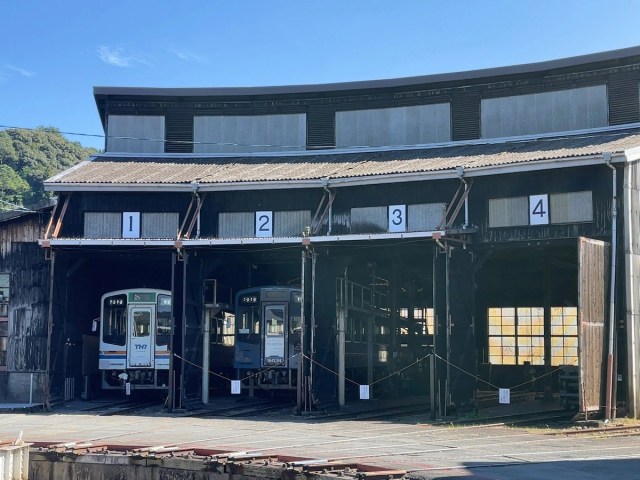
The final stop on the tour was to the nearby Railway History Museum. In the movie, this building was used as Toji’s clinic.
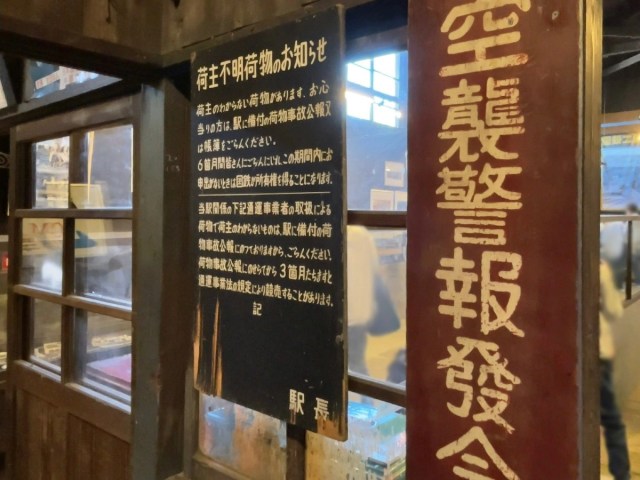
Inside the museum, you can see scenes that look just like they were taken from the movie, like this screen cap in the first picture —
wikipedia:エリザベスカラー(Elizabethan collar)とは、手術、皮膚病、怪我などによる外傷を持った動物が、傷口をなめることで傷を悪化させることを防ぐ為の、円錐台形状の保護具である。
エリザベスカラーに被ってる犬はまさに第3村にいるシンジそのもの#シンエヴァンゲリオン劇場版 #Evangelion pic.twitter.com/cmWFzeHAB0— Evaysp (@evaysp) August 13, 2021
— and this real life picture that we took.
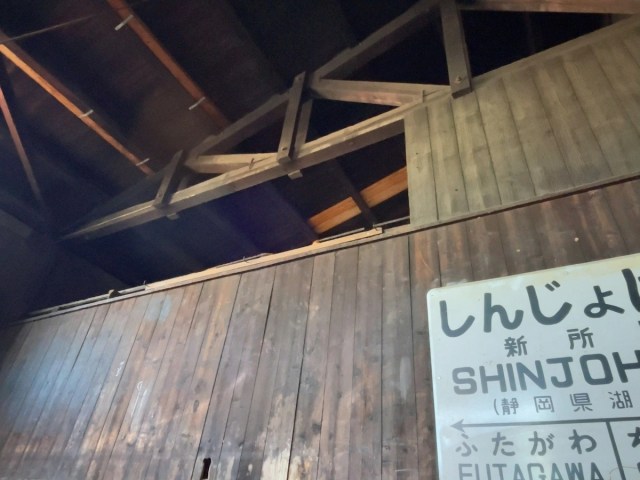
The high ceilings and wooden walls give the whole area a real retro nostalgic feel, like time has stopped there.
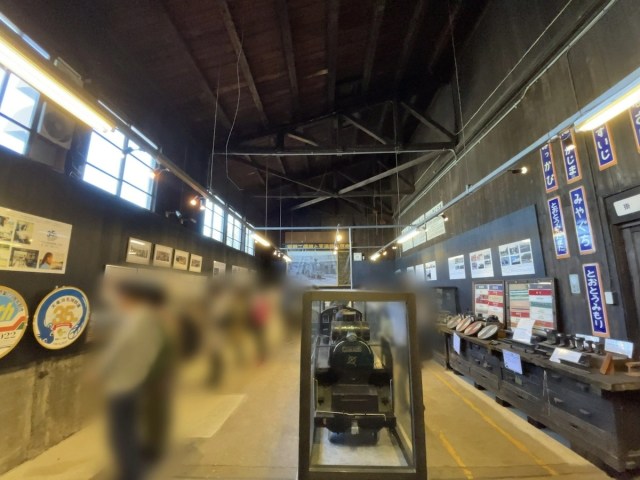
▼ Toji’s house
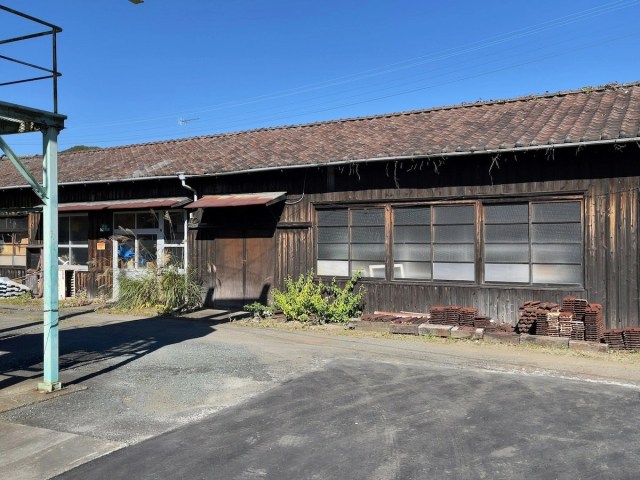
The rail yard is pretty small, but the atmosphere is overwhelming. Everywhere you look, you feel a mixture of being transported back in time, and transported right into the world of Evangelion. There’s a gift shop where you can buy Evangelion related goods, and you can also buy real train tickets with Village-3 written on them.
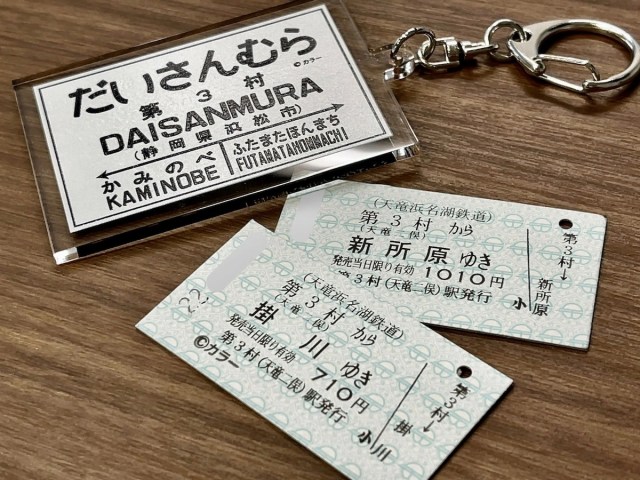
Tenryu-Futamata Station first opened in 1940, but is still fully functioning today as a railway facility. The fact that the station still serves as a means of transport for people in 2022 is incredible; a perfect balance of modern and retro.
The Village-3 collaboration will run at the station until January 31, 2023.
Photos ©SoraNews24
● Want to hear about SoraNews24’s latest articles as soon as they’re published? Follow us on Facebook and Twitter!
Credit:

0 comments:
Post a Comment